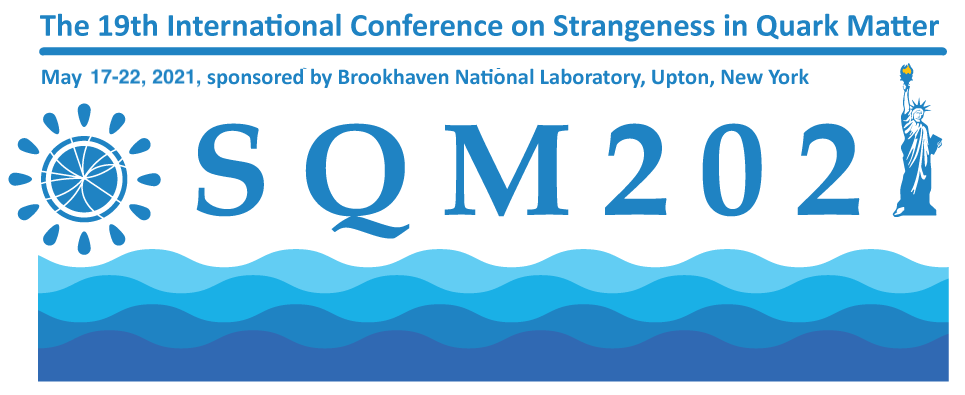Speaker
Description
The energy densities reached in high-energy hadronic collisions at the LHC allow significant production of light (anti)nuclei. Their production yields have been measured as a function of $p_{\rm T}$ and charged-particle multiplicity in different collision systems and at different center-of-mass energies by ALICE. One of the most interesting results obtained from such a large variety of experimental data is that the dominant production mechanism of light (anti)nuclei seems to depend solely on the event charged-particle multiplicity. Evidence for this comes from the continuous evolution of the deuteron-to-proton and $^3$He-to-proton ratios with the event multiplicity across different collision systems and energies. The characterization of the light nuclei production mechanism is complemented by measurements of their production yields in jets, where hard QCD processes are dominant, and in the underlying event, which is dominated by soft QCD processes.
In this contribution, recent results on light nuclei production in proton-proton and proton-lead collisions are shown and discussed in the context of the statistical hadronization and coalescence models. In addition, final results on the deuteron production in jets and new preliminary results on its production in the underlying event measured in proton-proton collisions at 13 TeV are shown.
| Collaboration | ALICE |
|---|
